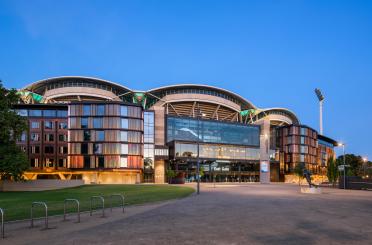WoodSolutions Proudly Sponsors | AIBS Webinar Midrise Timber Buildings



Kwinana is a suburb of Perth but we are not familiar with kwinana as a type of timber. Perhaps your decking is a West Australian species, marketed as 'kwinana timber'. The recent heavy rain in Queensland no doubt increased the moisture content of the decking, but would not have made it more attractive to Lyctid borers. Lyctid borers actually attack seasoned timber, although they can infest timber with a moisture content up to about 24%. They only attack the sapwood of certain hardwoods, which is usually a relatively small edge or corner of a board.

While timber has much better insulating properties than concrete block, the usual timber linings (12 mm thick) will not create a dramatic improvement on their own. One way to insulate the block wall is to build the wall out with timber strips and then insulate between them. Standard 90 x 35 studs fitted on flat, or ripped in half to give you 2/45 x 35, will give you a 35 mm or 45 mm deep space, into which you can cut and fit foam insulation panels.
Generally we recommend decking oil because this type of finish is easy to maintain. Very little surface preparation is needed before re-coating. We haven't tested any decking oils, but the major brands should give satisfactory service. Many don't have any specific non-slip qualities, but if slipperiness is likely to be a problem, non-slip deck finishes are available. You will find them if you write the key words 'slip resistant decking oil' or similar in your browser.
NCC Specification C1.1, Clauses 3.10 and 4.3, require that where services such as pipes, ducts and electrical cables penetrate a fire-rated wall, floor or ceiling, such pen
Are you looking for a supplier?